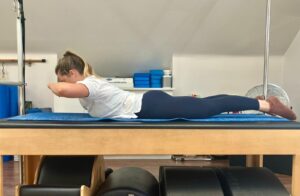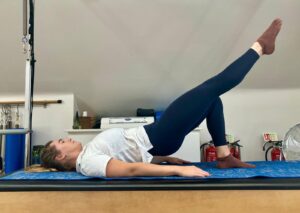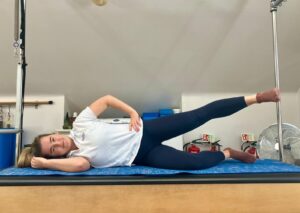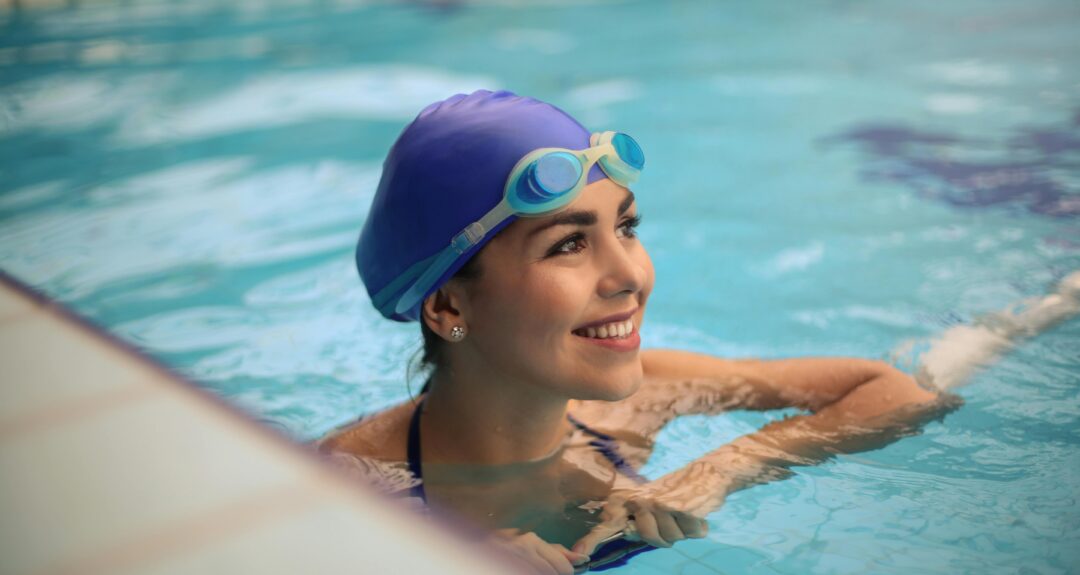Written by Ella Macdonald. Physiotherapist and APPI Pilates instructor.
The world has been blessed with an incredible showcase of skill from all around the world over the past two weeks. The talent, determination, and precision of the Olympians I’ve witnessed over the past 2 weeks has certainly left me at a loss. However, it has also left us with some inspiration to get out and get moving!
Whilst it’s tempting to seize this motivation and jump straight into the sporting ring again, our bodies, just like the athletes we’ve been watching, love a bit of preparation.
So how can we best prepare our body for a new activity or sport?
Like our minds, our bodies crave warning and predictability. We can satisfy this with a series of exercises that prepare your body for your sport of choice. These exercises should demand similar movement patterns and muscle groups to work. So your body, and your mind, are ready for tasks you have in store for them!
Pilates and Sport
There is no better method of achieving this than through Pilates.
Pilates demands the body and mind through control and focus to achieve a desired movement pattern, which is exactly the preparation our bodies desire. Once we’re practicing these movement patterns regularly, we start to see the right bits, doing the right jobs, at the right time! More concisely put, we see an effective and efficient musculoskeletal and nervous system. Combined with strength, endurance, and power, you may just see your body performing as the Olympian’s have done so!
Below are examples of Pilates exercises relevant to a few sports you may have your sights set on.
Swimming
If it’s the swimming you couldn’t take your eyes off and you’re thinking about digging out the cap and goggles, these exercises are for you.
No matter which stroke you’re swimming, our shoulder and back muscles take charge in the pool. If you’re planning on swimming some laps be sure to get some blood flowing to your upper back with these exercises:


Boxing
Perhaps the boxing gloves are more within reach! There’s nothing more satisfying than throwing a few punches after a long day’s work.
Boxing is about finding as much power as you can through one side of your body at a time and delivering it to your fist. This alternating, full body movement requires thorough single leg stability as we lean back into our back leg, transitioning this force through a strong rotation from your obliques, into our fist.

Cycling
If you fancy testing your endurance and speed on the bike, think about building your core and hip stability. Cyclists need a strong and steady base, so all their energy can go towards turning those legs over and over. To achieve this, start with getting your outer glutes and deep abdominals muscles going with these two exercises.


Archery
Perhaps the precision of archery sparked your interests. Whilst archery certainly takes a different tone of physical demands, like cycling, by establishing the foundations of a strong and steady base, all your energy and attention can be directed towards your target.
Building your foundations will start with your shoulder stabilisers, followed by your deep core muscles as above. These can be followed by your thoracic spine or mid back mobility, making room for the mobility you’ll need to execute your precision.

Surfing
There’s few who wouldn’t be tempted by the beautiful, blue waves of Tahiti. Whilst I’m not particularly seeking such ferocious waves surfed by the Olympian’s, I have been inspired to test my balance and shoulder strength to ride a much smaller and friendlier wave over the summer!
Surfing even the smaller waves will test all corners of the mind and body. Similar to swimming, you’ll need your upper back muscles firing for a strong paddle. Next, you’ll need thorough standing balance to ride that wave all the way to shore!

Whilst this list only scrapes the surface of the events and sports, we’ve watched over the past couple of weeks, these exercises set the foundations for many sports and activities. Give your body the preparation it craves by building relevant movement patterns with precision and control. Once these are well practiced, they’ll be well complemented by your strength, endurance and power.
The final piece of the puzzle is finding the time to practice regularly, which is often where we all fall short. If this is the biggest challenge you face, start small with two, 30 – minute sessions per week of movement, and build from there.
Of course, no two bodies are the same and no two bodies have lived the same life. We all require slightly different recipes to achieve our goals. If you’re feeling like you’re exercise routine could suit your body better, contact our clinic in Wimbledon or Hampstead to book an appointment with a physiotherapist today.

